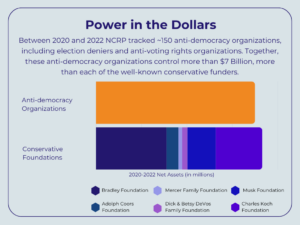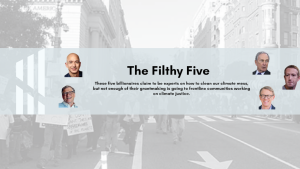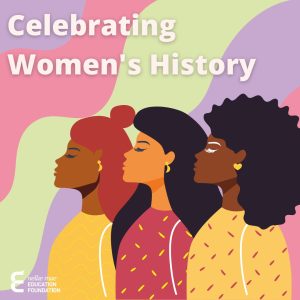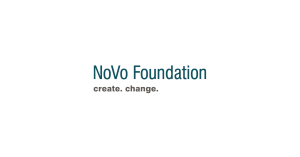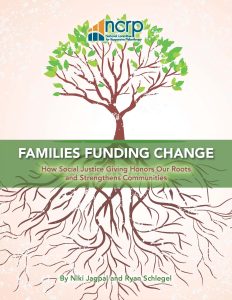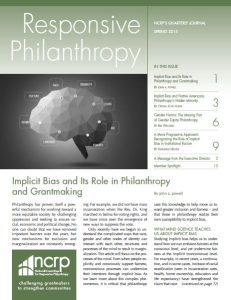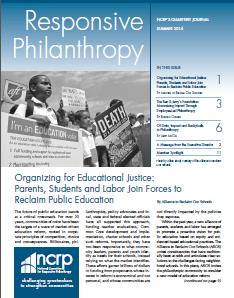This week Philamplify is introducing a new poll question, our third since we launched philamplify.org in May:
Do you think greater staff and board diversity helps make foundations more effective and impactful? (Yes/No/Maybe)
We were prompted to ask this question in part by the recent announcement that Guidestar and the D5 Coalition have joined together to enhance the Guidestar Exchange as a tool for online tracking of nonprofit and foundation diversity data. In announcing the new initiative, Kelly Brown at D5 and Jacob Harold at Guidestar each made comments linking diversity data to improved effectiveness and impact.
D5 further contends that, “For philanthropy to be effective and relevant in our increasingly diverse society, philanthropic organizations have to bring new voices and expertise to the table, and they have to understand and reflect the rich perspectives of the communities we serve.” NCRP agrees.
Diversity is a complex concept, and it is often considered alongside equity and inclusion, as three related and intersecting topics (DEI). It can be hard to reduce DEI to easily measurable metrics. NCRP’s Criteria for Philanthropy At Its Best drew on Mary Ellen Capek and Molly Mead’s concept of “deep diversity,” which goes beyond gender, race, class and culture. Criteria concluded that a foundation board should be big enough to allow for diverse voices, with at least five members, and that the board should include at least some representation from the communities being served.
Philamplify affords NCRP the opportunity to go beyond easily measurable benchmarks to obtain a more nuanced and comprehensive understanding of how a foundation approaches DEI. This is a major concern throughout Philamplify’s assessment measures. We examine not just the diversity of foundation board and staff leadership, but also whether a foundation includes the perspectives of grantees and intended beneficiaries in its decision-making, and the extent to which equity goals and outcomes are front and center in the foundation’s mission and strategies.
Yet, board diversity remains a compelling measure of a foundation’s commitment to hearing from the viewpoints of those it seeks to benefit. Of all the foundations we’ve assessed to date, the Woodruff Foundation and William Penn Foundation stuck out for their board uniformity, with neither having any person of color or person affected by the issues the foundations are trying to address on its board. This uniformity stands in stark contrast to the diversity of their respective home cities of Atlanta and Philadelphia. In both assessments, many stakeholders faulted the foundations for not clearly asserting their commitment to equity. For example, several Woodruff stakeholders identified systemic racial and economic disparities in Atlanta as a barrier to the foundation’s impact. One noted that, “Money disconnected from [community] leadership does not build a strong, inclusive and equitable city.”
Compare that to The California Endowment (TCE), another foundation we “philamplified,” and one of the 2014 NCRP Impact Award winners. The Endowment’s CEO, Dr. Bob Ross, is one of several grantmakers that expressed support for the Guidestar/D5 effort. The foundation has a diverse board, and Dr. Ross also meets regularly with his President’s Youth Council, thus ensuring frequent input directly from the communities in which TCE invests.
Do you think more diverse boards and staff help foundations be more impactful for the issues and populations they seek to benefit? Take our poll – and feel free to share your thoughts further in our comments section below!
Lisa Ranghelli is director of foundation assessment at the National Committee for Responsive Philanthropy (NCRP). Follow @ncrp on Twitter, and join the #Philamplify conversation.














